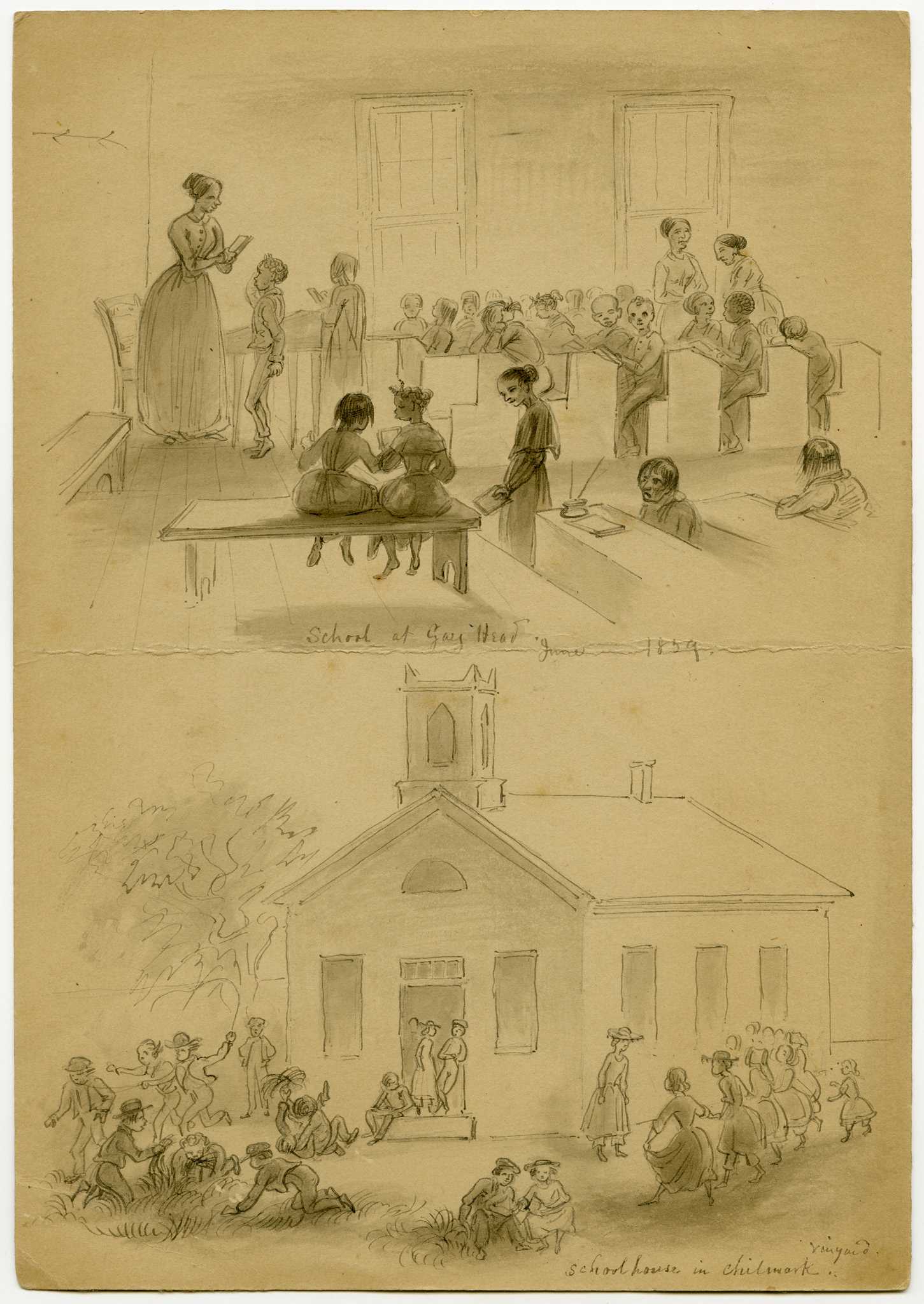Chapter 5
Making a Way
African Americans fought slavery and inequality in ways large and small, from open rebellion to subtle acts of resistance. Using connections—family, neighbors, worship services, and formal political conventions—African Americans shared news, created networks, and developed strategies for “making a way out of no way.” State and local governments responded with “black codes” and “slave codes,” race-based laws that attempted to restrict Black lives. African American persistence and grassroots organizing still serve as a model for social activists today.
Whereas the teaching of slaves to read and write, has a tendency to . . . produce insurrection and rebellion . . . any free person who shall hereafter teach or attempt to teach any slave within this state to read or write . . . shall be liable to indictment.
North Carolina Slave Code, 1831
States & Territories Restricting African American Education
Connecticut
Georgia
Missouri
Mississippi
New York
North Carolina
Ohio
Pennsylvania
South Carolina
Virginia
Education
School in Gay Head, Massachusetts
African Americans connected freedom with education for many practical reasons. A person who could write could compose a pass permitting a visit to family. A literate person could pick up a newspaper and let people know about national slavery debates and rebellions. Words mattered. They carried information and seeds of hope. Sermons, speeches, songs, and the written word connected African Americans and built a political consciousness.
In the North and West, many states refused to fund Black education and refused to admit Black students to public schools. Some enslaved African Americans attended secret schools operated by Black educators. Adults raised money for schools and teachers, sometimes through churches or other Black-owned institutions. One of the first Black schools was New York’s Free African School founded in 1787. Almost a century later, the African American School in Gay Head was established.
Frederick Douglass
Frederick Douglass
As an enslaved boy in Baltimore, Maryland, Frederick Douglass taught himself how to write by copying the letters from shipping labels that he saw daily in Durgin and Bailey’s shipyard.
In his Narrative of the Life of Frederick Douglass, Douglass brought Americans face-to-face with his experience of slavery and freedom. As one of over 150 formerly enslaved people to publish his life story, he helped establish an important American literary tradition. Without these accounts, Americans then and now would not understand what it meant to be enslaved.
Narcisse Prud’homme’s Cotton Bale Stencil, Louisiana
Liberation in Literacy
Hannah A. Lions’s School Copy Book, 1831
Attending school in Philadelphia, Hannah Lions copied down her math, history, and poetry lessons in this notebook. Her family saved it as “proof that there were some educated [Black] people way back when.”
